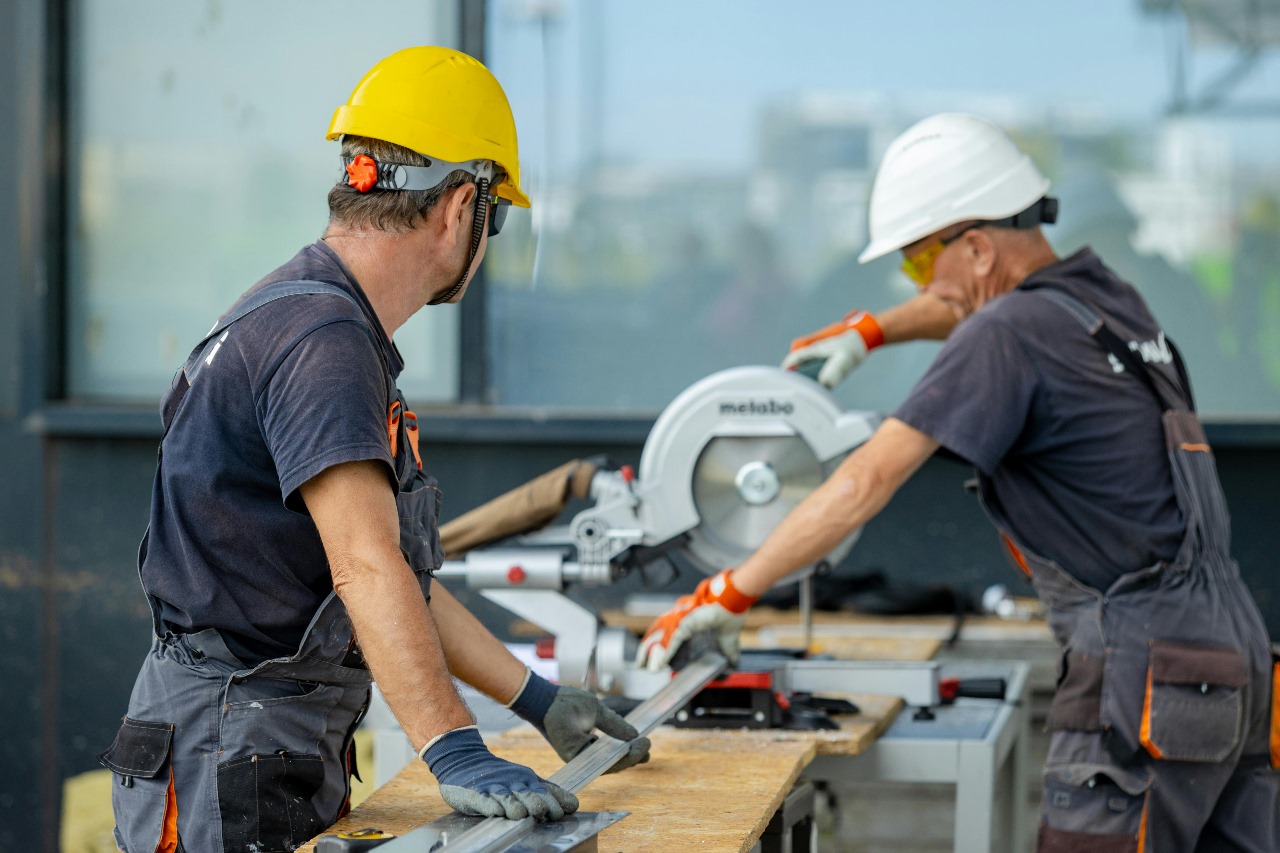Smart building technology is revolutionizing how we design, construct, and manage buildings. At Associated Builders & Contractors Inc., we recognize the incredible potential of integrating innovative tools like arduino into smart building solutions. Arduino, a versatile open-source electronics platform, offers powerful capabilities to enhance building automation, energy efficiency, and occupant comfort. This article explores how Arduino is transforming smart building solutions and why it is becoming a key component in modern construction projects.
What is Arduino and Why It Matters in Smart Buildings
Arduino is an easy-to-use microcontroller platform that enables the development of interactive electronic systems. Its affordability, flexibility, and extensive community support make it a popular choice for creating customized automation systems. In smart building solutions, Arduino serves as the brain behind many sensors and actuators, facilitating real-time data collection and control.
Key Features of Arduino for Building Automation
- Cost-effective prototyping: Arduino boards are inexpensive and suitable for rapid prototyping.
- Open-source ecosystem: Users benefit from vast libraries and code examples.
- Wide range of sensors: Compatible with numerous sensors measuring temperature, humidity, light, motion, and more.
- Connectivity options: Supports Wi-Fi, Bluetooth, and Ethernet for seamless integration with building management systems.
Applications of Arduino in Smart Building Solutions
Integrating Arduino into smart building solutions unlocks numerous possibilities for enhancing building operations. Below are some of the most impactful applications.
Energy Management
Arduino helps monitor and optimize energy consumption by controlling lighting, HVAC systems, and electrical appliances. Sensors connected to Arduino boards detect occupancy and ambient conditions, enabling automated adjustments that reduce waste and lower utility costs.
Environmental Monitoring
Maintaining optimal indoor environmental quality is crucial for occupant comfort and health. Arduino-driven sensors measure air quality, temperature, humidity, and carbon dioxide levels, providing continuous data to adjust ventilation and filtration systems accordingly.
Security Systems
Arduino enhances building security by integrating motion detectors, door sensors, and surveillance cameras into a unified system. These components work together to trigger alarms or notify building managers of unauthorized access or unusual activity.
Predictive Maintenance
With Arduino, smart building solutions can include predictive maintenance features by monitoring equipment performance and detecting faults early. This proactive approach helps avoid costly repairs and reduces downtime.
Benefits of Using Arduino in Smart Building Projects
Choosing Arduino for smart building solutions offers significant benefits:
- Customization: Arduino’s flexibility allows developers to tailor solutions precisely to a building’s unique requirements.
- Scalability: Solutions can start small and expand over time without significant reinvestment.
- Rapid Development: Arduino’s simplicity speeds up design and deployment phases.
- Community Support: A vast community provides continuous improvements, troubleshooting, and innovative ideas.
Challenges and Considerations
While Arduino is a powerful tool for smart building solutions, there are some challenges to consider:
- Security: Arduino-based systems need robust cybersecurity measures to prevent vulnerabilities.
- Integration: Ensuring Arduino systems work seamlessly with existing building management software may require additional development.
- Technical Expertise: Skilled personnel are needed to design, program, and maintain Arduino-driven solutions.
Future Trends of Arduino in Smart Building Solutions
The future of Arduino in smart building solutions looks promising. With advancements in IoT, AI, and machine learning, Arduino platforms will become even more intelligent and autonomous. Increased adoption of wireless communication technologies will further simplify installation and scalability. Arduino’s role in enabling sustainable, energy-efficient buildings will continue to grow, making it an essential tool for modern construction.
Conclusion
Arduino’s role in smart building solutions is undeniable, offering an affordable, flexible, and powerful platform for enhancing building automation, energy efficiency, and security. At Associated Builders & Contractors Inc., we understand the value of incorporating Arduino into construction projects to create smarter, more sustainable buildings. By leveraging Arduino technology, builders and facility managers can achieve optimized building performance, reduced operational costs, and improved occupant comfort. As smart building trends evolve, Arduino will remain a cornerstone of innovative, forward-thinking building solutions.
